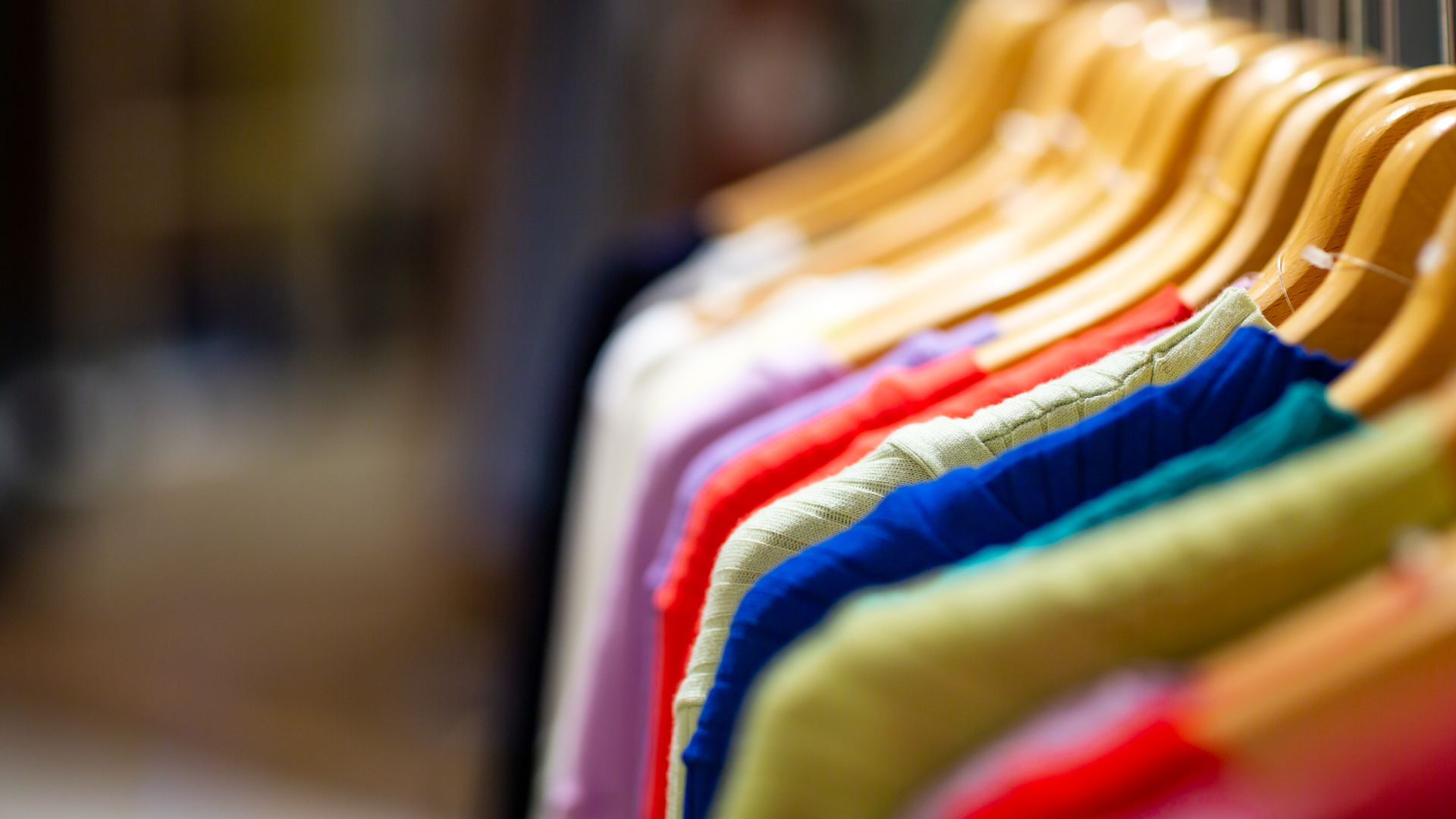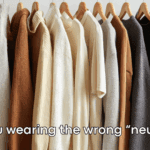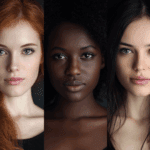If you’re anything like me, you’ve probably spent way too much time staring at your closet, trying to figure out what to wear. And let’s be honest, we’ve all been there- standing in front of our closet, completely overwhelmed by the sheer number of options. But don’t worry, I’m here to help! In this blog post, I’m going to tell you all about personal color analysis and how it can help you figure out what colors look best on you. Trust me, getting dressed will be a breeze once you know your personal color season!
Table of Contents
What Is A Personal Color Analysis?
Personal color analysis is all about finding the most flattering colors for you based on your skin tone, hair color, and eye color.
Seasonal Color Analysis (SCA) is based on the concept that harmonious colors enhance the individual’s natural beauty.
“It is generally agreed that the wrong colors will draw attention to such flaws as wrinkles or uneven skin tone while harmonious colors will enhance the natural beauty of the individual making them appear healthy and fresh-faced.” – (source)
The benefits of a seasonal color analysis give you the freedom to get ready for your day with ease and confidence. Once you know your season, you can start shopping for clothes and accessories in colors that will make you look and feel your best no matter what your day brings.
Who came up with the Seasonal Color Analysis?
While color has been studied for centuries, there are many colorists in the last 100 years who’ve studied the relationship between color and human beings.
- Michel Eugène Chevreul (1786–1889) a French chemist whos studies in color became very popular and widely used in the 19th century.
- Albert Henry Munsell (1858–1918) is famous for inventing the Munsell color system, one of the first color order systems created.
- Johannes Itten (1888–1967) was a Swiss-born artist and art educator. In his 1961 book The Art of Color, Itten examined two different approaches to understanding the art of color: Subjective feelings and objective color principles.
- Robert C. Dorr (1905–1979) was an American artist who, in 1928, observed the harmonious effects of paint colors when grouping those of either a blue or yellow undertone.
- Suzanne Caygill (1911–1994) was an American fashion designer and color theorist who developed the Caygill Method of Color Analysis.
- Deborah Chase, The Medically Based No Nonsense Beauty Book (1975). Chase explored the impact of skin pigments on coloration.
- Bernice Kentner, Color Me a Season (1978) – a licensed cosmetologist since 1950, began holding lectures on color analysis in the early 1970s, and in 1978 published Color Me a Season, which went through several printings in the early 1980s.
(source)
What Are The Different Color Seasons Within A Personal Color Analysis?
The seasonal aspect relates to placing all humans into one of four segments, named after the seasons: Spring, Summer, Autumn, or Winter.
Going a step further, each season is divided into three sub-seasons based on your hue (warm – cool – neutral undertone), value (the lightness or darkness of a color), and chroma (the saturation or brilliance of a color).
The results from your personal color analysis will place you in one of the twelve seasons and formulates the best color palette for you based on those factors.
Which Season Do You Belong To?
When studying your appearance you want to determine your dominant and secondary characteristic to see which of the 12 seasons you fall into. For some it helps to get a professional color consultation.
Your coloring will sit on one of the extreme ends of hue, value, or chroma which becomes your dominant color aspect.
To find out what season you are, you’ll need to determine your dominant characteristic.
- VALUE: Are you light or dark contrast?
- HUE: Warm(yellow) or cool (blue) undertone?
- CHROMA: Bright or soft? How much gray is visible?
Once you know your dominant characteristic, you can find your main color season.
- If you’re light with warm undertones, you’re a spring.
- If you’re light with cool undertones, you’re a summer.
- If you’re dark with warm undertones, you’re a fall.
- If you’re dark with cool undertones, you’re a winter.
What Colors Should You Wear In Your Season?
Once you know your season, you can start shopping for clothes and accessories in colors that will flatter your skin tone, hair color, and eye color.
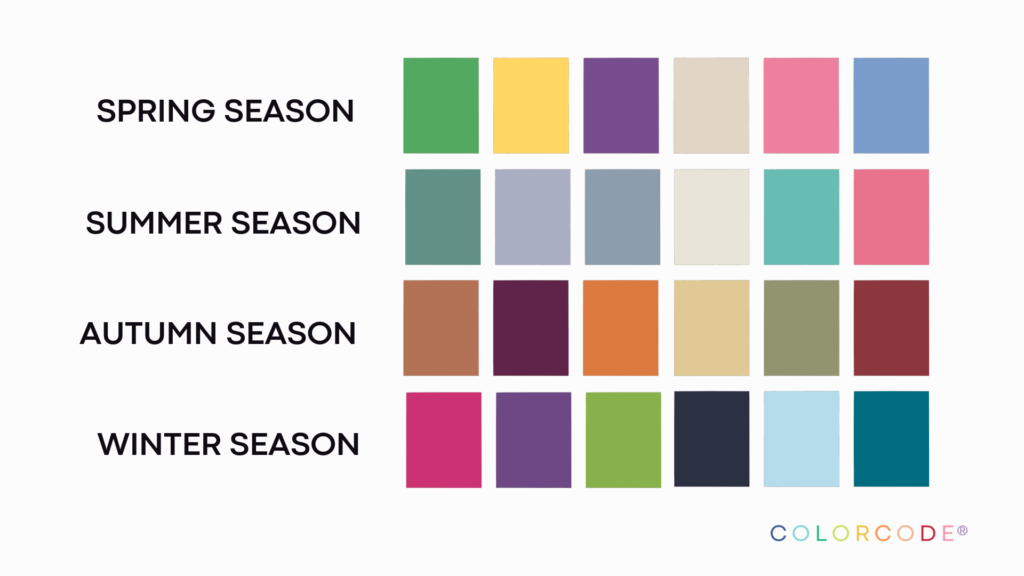
- Spring colors are typically soft and girly, like pastels.
- Summer colors are cool and fresh, like off-whites and light blues.
- Autumn colors are rich and warm, like jewel tones.
- Winter colors are bold and dramatic, like black and white with pops of b.
When you unlock your COLORCODE, you gain your own unique palette of colors that can help to complement your natural beauty.
Wearing the right colors for your season can help you to look brighter and more vibrant. In contrast, wearing the wrong colors can make you look washed out and tired.

How Can You Mix And Match Different Colors Within Your Season?
One of the most difficult things about fashion is figuring out how to mix and match different colors within your season. With so many different shades and hues to choose from, it can be hard to know what goes together and what doesn’t. However, there are a few basic guidelines that can help you create harmonious color combinations.
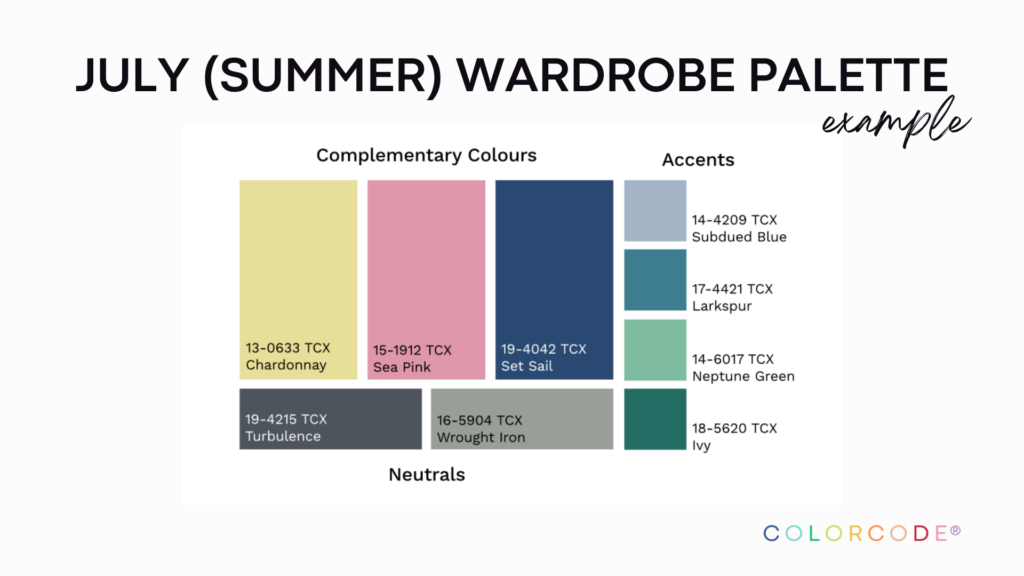
To start, consider which colors are in your season. For example, if you are a summer, you might want to pair light blues with pinks or greens. You can also add a pop of color with accessories, like a scarf or bag. Not only will this help you to stand out from the crowd, but it will also give you a chance to experiment with different shades and tones.
Don’t be afraid to mix and match different patterns and textures – this is one of the best ways to add interest to your outfit. With a little trial and error, you’ll soon develop a keen eye for color and be able to create looks that are both stylish and unique.
Why Is It Important To Dress In Your Season’s Colors?
The colors you wear can profoundly affect your mood and how others perceive you. In fact, color is one of the first things we notice about someone when we meet them.
Wearing colors that are flattering to your natural coloring can help you feel more confident and attractive. It can also make you appear more approachable and approachable, which can be helpful in both personal and professional settings. Furthermore, dressing in your season’s colors can help you achieve a sense of harmony and balance.
Each season has its own unique palette, giving you a variety of colors to reflect your personal season. When you know your COLORCODE, you send a message to the world that you are confident, attractive, and approachable.

Conclusion: How To Make The Most Of Your Personal Color Analysis
As any fashionista knows, looking your best isn’t just about wearing the latest trends. The colors you wear can also greatly impact your overall look. That’s where personal color analysis comes in. By determining which seasonal palette flatters your skin tone, you can ensure that you always look your best.
4 Tips: Stop Spending Money on Clothes and Makeup You Don’t Wear
At COLORCODE, we offer you a virtual color analysis so you can avoid future shopping mistakes forever! When you book your COLORCODE Consult, we use an interactive digital consult to collect information about your unique features and preferences.
After manually reviewing your answers, we assign you to one of the twelve seasons and supply you with a COLORCODE Profile Guide (PDF) with an extensive breakdown of your suggested wardrobe and makeup palette.
Are you ready to unlock your signature style?



